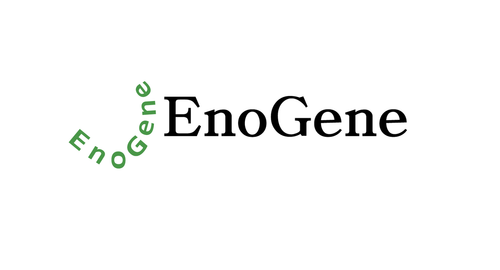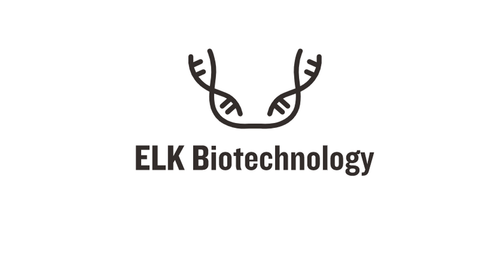Product Description
GRIP-1 (phospho Ser736) Polyclonal Antibody | BS65379 | Bioworld
Host: Rabbit
Reactivity: Human
Application: WB,IHC-p,IF (paraffin section),ELISA
Application Range: Western Blot: 1/500 - 1/2000. Immunohistochemistry: 1/100 - 1/300. ELISA: 1/5000. Not yet tested in other applications.
Background: nuclear receptor coactivator 2 (NCOA2) Homo sapiens The protein encoded by this gene functions as a transcriptional coactivator for nuclear hormone receptors, including steroid, thyroid, retinoid, and vitamin D receptors. The encoded protein acts as an intermediary factor for the ligand-dependent activity of these nuclear receptors, which regulate their target genes upon binding of cognate response elements. This gene has been found to be involved in translocations that result in fusions with other genes in various cancers, including the lysine acetyltransferase 6A (KAT6A) gene in acute myeloid leukemia, the ETS variant 6 (ETV6) gene in acute lymphoblastic leukemia, and the hes related family bHLH transcription factor with YRPW motif 1 (HEY1) gene in mesenchymal chondrosarcoma. Alternative splicing results in multiple transcript variants. [provided by RefSeq, Mar 2016],
Storage & Stability: Store at 4°C short term. Aliquot and store at -20°C long term. Avoid freeze-thaw cycles.
Specificity: Phospho-GRIP-1 (S736) Polyclonal Antibody detects endogenous levels of GRIP-1 protein only when phosphorylated at S736.
Molecular Weight: ~180 kDa
Note: For research use only, not for use in diagnostic procedure.
Alternative Names: NCOA2; BHLHE75; TIF2; Nuclear receptor coactivator 2; NCoA-2; Class E basic helix-loop-helix protein 75; bHLHe75; Transcriptional intermediary factor 2; hTIF2
Immunogen: The antiserum was produced against synthesized peptide derived from human NCoA2 around the phosphorylation site of Ser736. AA range:702-751
Conjugate: Unconjugated
Modification: Phosphorylation
Purification & Purity: The Antibody was affinity-purified from rabbit antiserum by affinity-chromatography using epitope-specific immunogen.
Pathway: Contribution of ECM and Cytoskeletal Factors to EMT,
 Euro
Euro
 USD
USD
 British Pound
British Pound
 NULL
NULL








